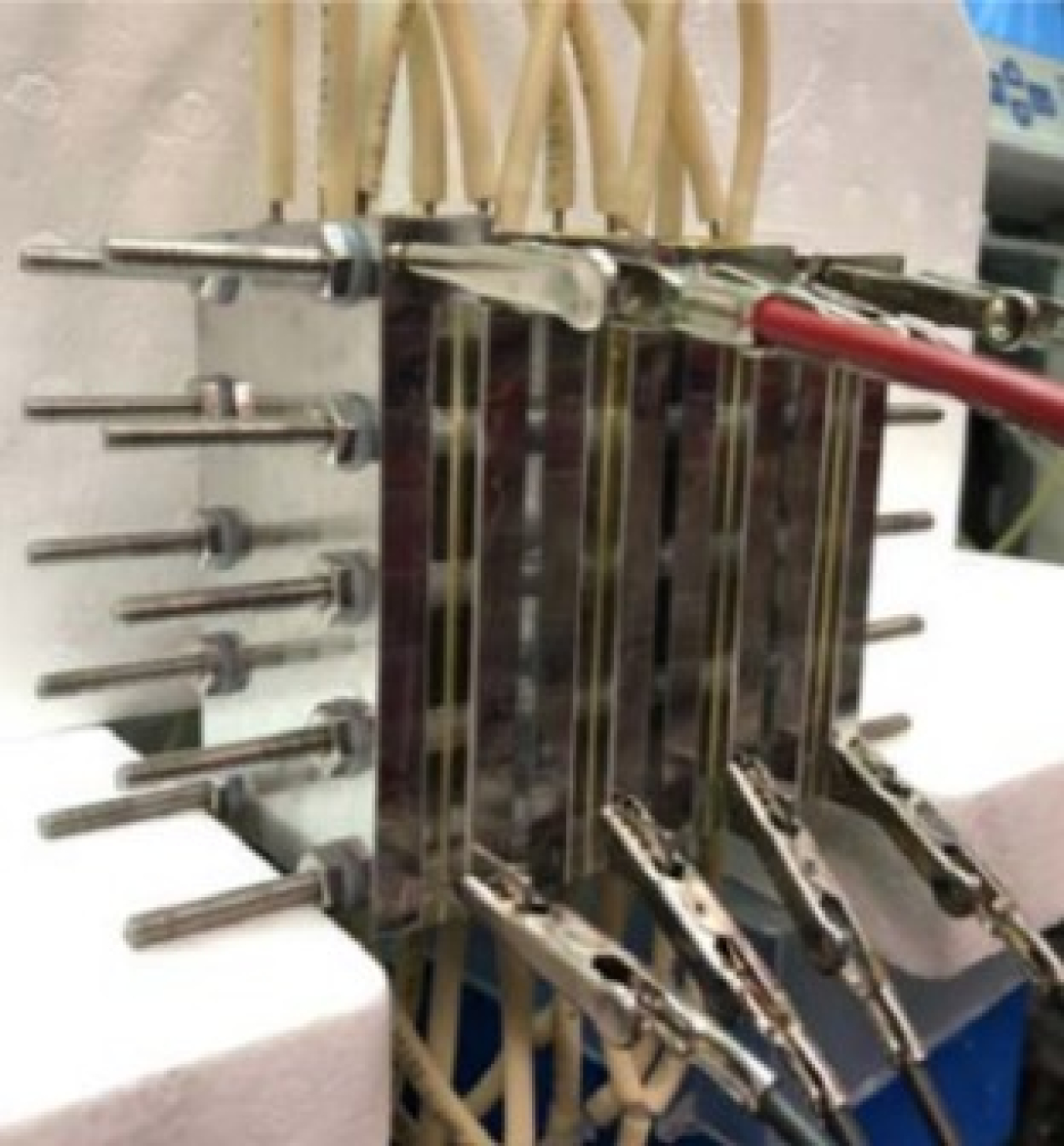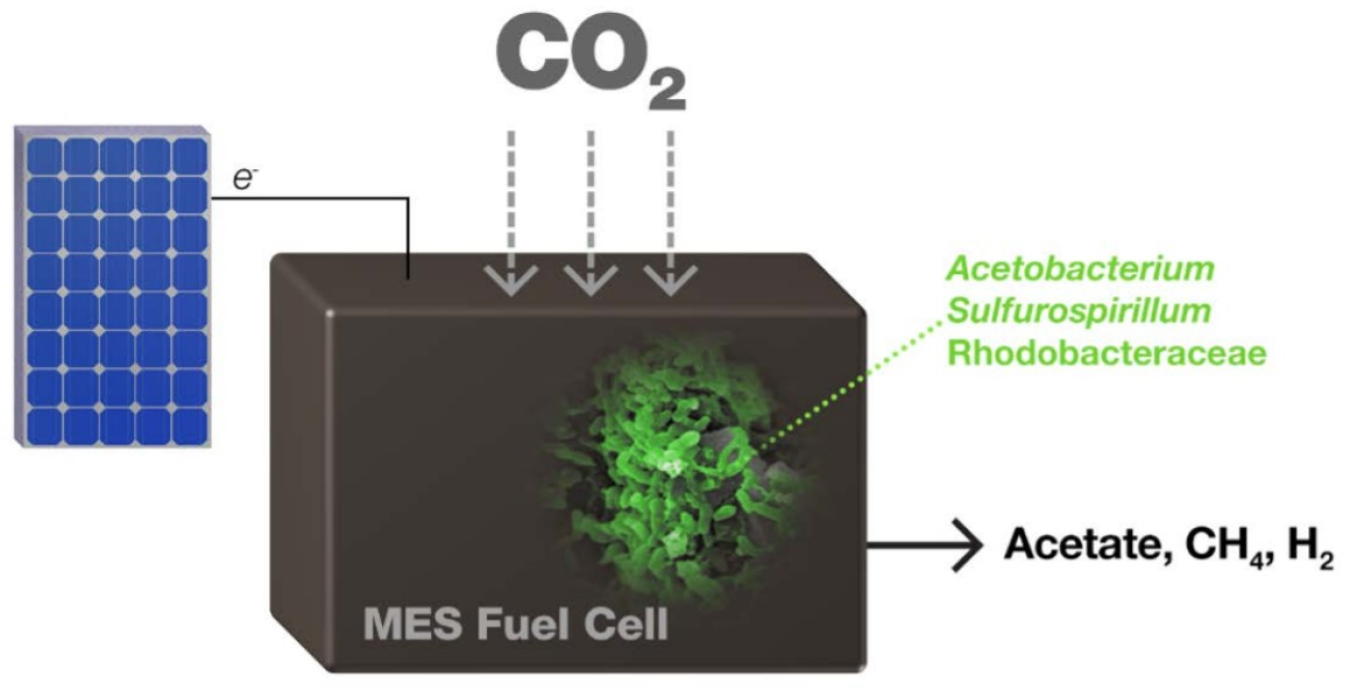The Carbon Conversion Program focuses on catalytic conversion pathways that develop new catalysts, reactor designs, and methods to convert CO2 economically into valuable products such as fuels and chemicals. The National Energy Technology Laboratory (NETL) oversees internal and external catalytic conversion projects. The current project portfolio includes approaches that generate a wide variety of products, including formic acid, methanol, ethylene, dimethyl carbonate, carbon nanotubes, aviation fuels, and syngas, among others.
CO2 is a very low-energy molecule leading to a significant challenge for its catalytic conversion or reduction. The conversion of CO2 requires significant energy inputs to activate the CO2 along with catalysts that speed up the chemical reactions and selectively generate desired products. Catalyst development, design, and optimization are common among projects conducted within the Catalytic Conversion Pathway. The approaches being pursued within the program fall into four general categories:
Catalytic Conversion approaches:
- Thermochemical: Energy is provided in the form of heat (and pressure), and the reaction is often driven by a catalyst
- Electrochemical: Energy is provided in the form of electricity, and catalyzed reactions take place in an electrochemical cell.
- Plasma-mediated: CO2 is activated by energetic electrons instead of heat, and the reaction is often driven by a catalyst.
- Hybrid systems: Hybrid systems include biocatalysis, reactive capture, and conversion or systems that include a combination of thermochemical, electrochemical, or plasma-mediated approaches.


While many current systems are driven through any of the previous approaches, upcoming research is constantly investigating new and innovative methods. These systems can hybridize established systems, such as by combining the advantages of electro- or thermo-based approaches with plasma or biocatalysis. Researchers are exploring the concept of “reactive capture” by process intensification, which combines capture and conversion into one step resulting in large improvements in energy costs and capital investment in the overall process. The catalytic conversion pathway is one of the most dynamic R&D spaces, especially for early TRL development.
[1] Jiao, F. 2019. Electrochemical Conversion of Carbon Dioxide to Alcohols. US DOE/NETL Annual Meeting, Carbon Capture and Utilization, August 2019, Pittsburgh, PA. View presentation
[2] Gulliver, D. 2019. Electrode-Driven Microbial CO2 Utilization. US DOE/NETL Annual Meeting, Carbon Capture and Utilization, August 2019, Pittsburgh, PA. View presentation

